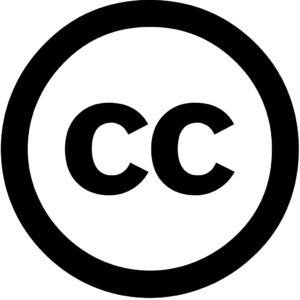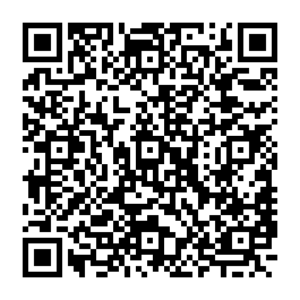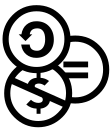Les ressources éducatives libres (REL)
Qu’est-ce que c’est ?
Les ressources éducatives libres (REL) sont des matériels d’apprentissage, d’enseignement, et de recherche sur tout format et support, relevant du domaine public ou bien protégés par le droit d’auteur et publiés sous licence ouverte, qui autorisent leur consultation, leur réutilisation, leur utilisation à d’autres fins, leur adaptation et leur redistribution gratuites par d’autres.(Recommandation sur les Ressources éducatives libres (REL), adoptée à l’unanimité par la Conférence générale de l’UNESCO lors de sa 40e session en novembre 2019)
Comment ça marche ?
Les licences Creative Commons sont des outils légaux qui permettent la création de REL tout en respectant le droit d’auteur. |
 |
 |
 |
 |
En choisissant une licence CC, le créateur |
Avec une œuvre sous licence CC, les utilisateurs |
 conserve l’entièreté de ses droits d’auteur |
 ont le droit de partager la ressource avec qui ils souhaitent |
|
autorise le partage et l’utilisation de son œuvre selon les conditions qui lui conviennent |
 peuvent, dans certains cas, modifier, bonifier, adapter la ressource selon leur besoin |
 indique directement dans son document que celui-ci est sous licence CC, cela suffit à appliquer la licence! |
|
Les ressources éducatives libres (REL), feuillet explicatif par Yellow Mellow est sous licence CC BY 4.0

You Lead an Educational Institution
Opportunities
- Put your institution on the map
- Putting students first – decreasing anxiety, lessening financial burden.
- Showcase and disseminate research and pedagogical tools more widely
- Reinforce your institution’s position through clear policies
- Support sustainable and inclusive educational practices
- Be ahead of learning and teaching trends
- Foster collaboration across departments and services
- Mitigating risks of copyright infringement by your institution, catalyzing a culture of compliance through training
You can… |
Things to Consider |
|
|
 |
|
Let’s Go! 

